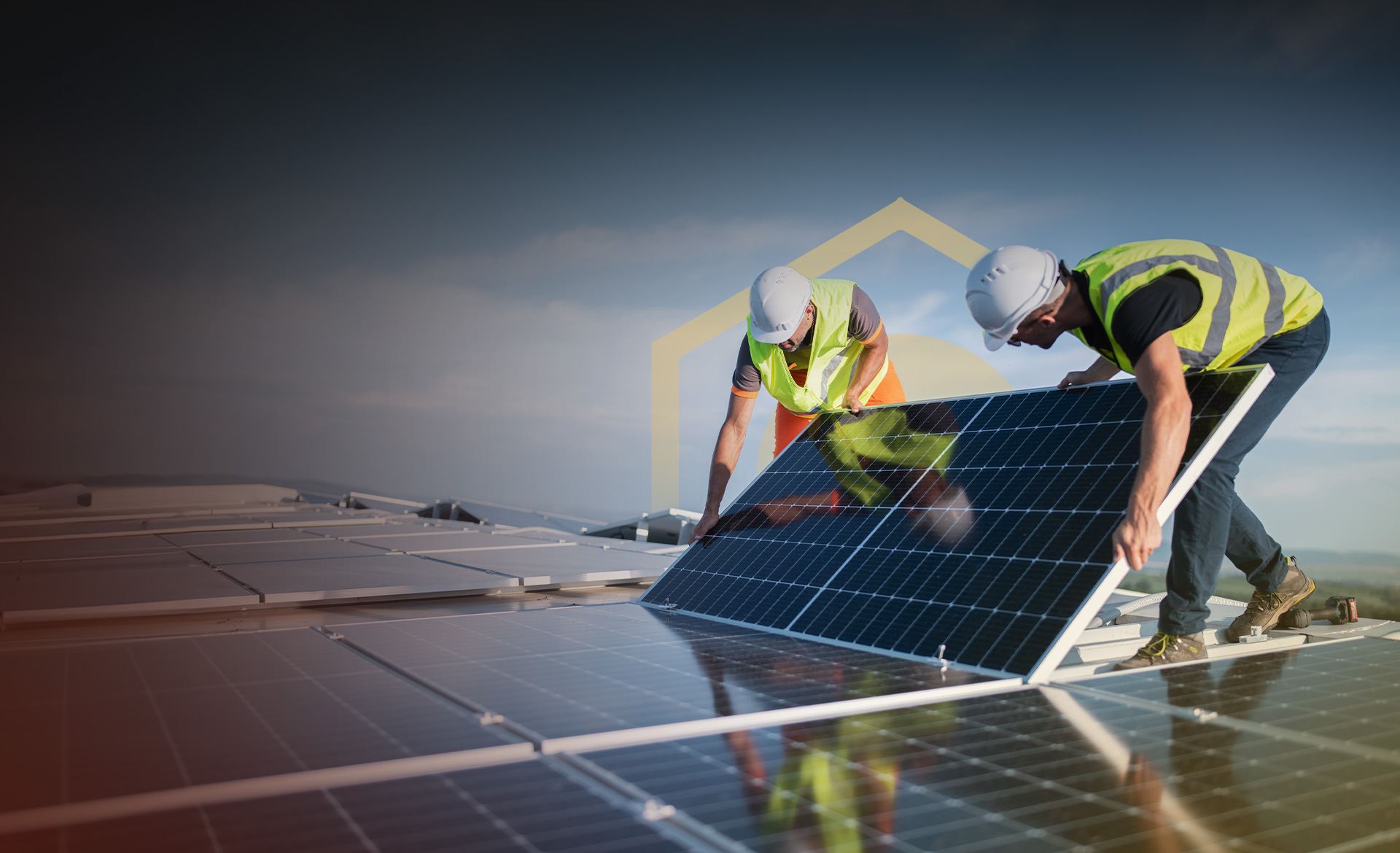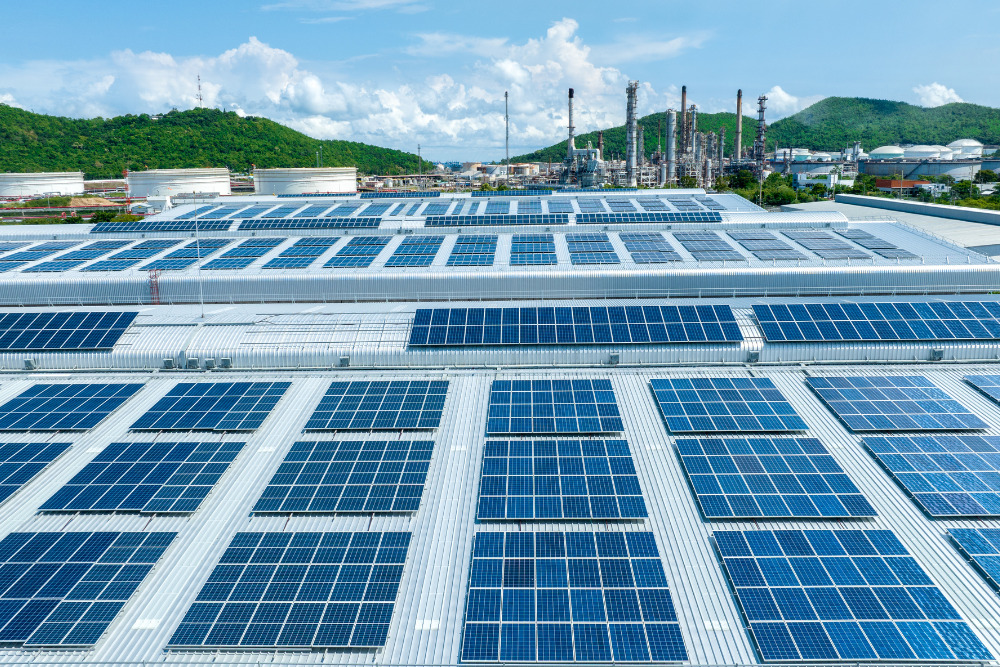Top Solar Companies in Virginia: Lumina Solar Concentrates On Supplying Advanced Photovoltaic Solutions For Residences And Organizations
History and Founding
Have you ever wondered how a photovoltaic panel company springs from a simple spark of inspiration into a powerhouse of eco-friendly energy? It often starts with a vision-- one sustained by a blend of innovation, determination, and a pinch of serendipity. The journey of numerous solar business mirrors the development of the technology itself: from bulky, inefficient panels to streamlined, high-efficiency marvels harnessing the sun's bounty.
The Early Days
In the late 20th century, when solar power was still a niche concept, pioneers planted seeds for what would end up being a worldwide motion. Imagine a small workshop filled with curious engineers, tirelessly exploring with solar batteries. Their enthusiasm was palpable, frequently driven by a desire to fight environment modification and lower reliance on fossil fuels.
One such anecdote has to do with a founder who, inspired by a camping journey, understood that even in remote locations, the sun might power essential gadgets. This basic observation triggered a company's objective to equalize access to tidy energy.
Establishing Concepts

- Innovation: Constantly pushing the limits of solar innovation to improve effectiveness and sturdiness.
- Sustainability: Dedicating to eco-friendly manufacturing and decreasing carbon footprints.
- Ease of access: Making renewable resource services economical and useful for everyday users.
Turning points in Development
| Year | Key Occasion |
|---|---|
| 1985 | Company established in a small garage, concentrating on research and development. |
| 1995 | Commercial solar panel product introduced, gaining local attention. |
| 2005 | Expanded to international markets, accepting worldwide renewable resource goals. |
| 2015 | Introduced cutting-edge photovoltaic panel innovation with improved energy conversion. |
Isn't it fascinating how these incremental steps, often ignored, shape the energy landscape today? The solar panel business story is not almost innovation; it's read more about an unrelenting quest for a brighter, cleaner future.

Developments in Solar Panel Technologies
Ever observed how some photovoltaic panels gleam brighter and last longer? It's not magic; it's the science of photovoltaic effectiveness. Modern photovoltaic panel companies invest heavily in technologies like bifacial cells, which catch sunlight from both sides, boosting energy harvest without expanding roofing system area. Have you ever wondered why some panels perform much better on cloudy days? That is because of advances in thin-film solar innovation, which grows under diffused light conditions.
Product Variations Tailored to Distinct Requirements
One size never fits all. Photovoltaic panel service providers now provide:
- Monocrystalline panels for optimum performance and sleek visual appeals, perfect for space-constrained roofs.
- Polycrystalline panels, which use a cost-efficient option without compromising excessive output.
- Building-integrated photovoltaics (BIPV), combining solar tech effortlessly into architectural elements like windows and exteriors.
Choosing the right item isn't just about upfront expense; it has to do with matching your environment, energy goals, and long-term cost savings. Homes shaded by trees require panels that stand out in low-light scenarios, something many ignore up until energy bills climb up all of a sudden.
Technical Tips for Optimal Selection
- Evaluate the temperature coefficient-- lower worths mean panels lose less performance on hot days.
- Try to find panels with enhanced anti-reflective coatings to maximize light absorption.
- Think about the panel's guarantee not just for flaws, however for guaranteed power output over decades.
- Don't undervalue the value of the inverter innovation coupled with the panels; it can make or break your system's performance.
Beyond Panels: Emerging Trends
Picture solar panels that adjust their angle automatically to go after the sun-- tracking systems are becoming more accessible, increasing yield substantially. Or solar tiles that mix invisibly into your roofline, transforming your home into a silent, self-dependent power generator. These innovations are reshaping what a solar panel business uses-- not just items, but integrated energy services.
Market Presence and Global Operations
Ever question why some solar panel companies appear to grow up in every corner of the world while others barely make a ripple? The difference lies not just in innovation but in mastering the art of browsing diverse markets. Expanding globally resembles planting seeds in different environments-- you must comprehend each environment's distinct conditions to flourish.
Take, for circumstances, the intricate dance of logistics and supply chain management. Delivering panels midway throughout the world isn't simply about distance; it has to do with timing, customs, tariffs, and adjusting to local demand fluctuations. A business with robust global operations prepares for these variables, ensuring panels show up on schedule without pumping up costs. This insight is no little accomplishment and frequently separates market leaders from followers.
Key Methods for Expanding Market Existence
- Localized manufacturing: Establishing production centers near target audience decreases shipping delays and import complexities.
- Strategic partnerships: Working together with regional firms speeds up market penetration and constructs trust.
- Adaptive product design: Customizing solar panel tech to weather, sun intensity, and facilities nuances enhances efficiency and approval.
What about the human aspect? Photovoltaic panel companies operating globally should fix up cultural differences and regulative nuances without forgeting their core objective. What works in a sun-drenched desert may fail in a damp seaside region. Often, the most innovative service is just listening-- absorbing regional insights to fine-tune innovation and method.
Professionals typically encourage a phased rollout rather than a shotgun growth. Why run the risk of overextension when determined growth builds sustainable momentum? Scaling wisely indicates balancing ambition with functional durability - Solar Panel Company Virginia. In the race for sustainable energy supremacy, patience can be as important as speed.
Environmental Impact and Sustainability Practices
When photovoltaic panels first emerged, lots of assumed they brought absolutely no environmental baggage. Nevertheless, the truth is more nuanced. The production of solar batteries involves rare earth metals and energy-intensive procedures, which can leave a large carbon footprint before the panels even reach rooftops. The real environmental cost depends heavily on the sustainability practices utilized by the solar panel business throughout the lifecycle of their products.
How frequently do we stop briefly to consider what takes place to solar panels at the end of their useful life? Unlike batteries or electronic devices, photovoltaic panels can last 25-30 years, but disposal and recycling pathways stay underdeveloped in lots of regions. A company dedicated to decreasing environmental harm will have a robust prepare for recycling photovoltaic materials, restoring valuable silicon, glass, and metals to avoid garbage dump accumulation.
Secret Sustainability Methods
- Using low-impact manufacturing strategies that minimize water and energy consumption.
- Executing closed-loop systems to recycle production waste back into brand-new panels.
- Engaging in transparent supply chain audits to guarantee ethical sourcing of basic materials.
- Designing panels for easier disassembly to aid future recycling efforts.
It deserves keeping in mind that some solar companies have actually originated ingenious techniques, such as incorporating naturally degradable components or using less poisonous chemicals during fabrication. This not just reduces ecological strain but likewise sets a precedent for the market. The question stays: can the solar industry genuinely pivot towards a circular economy model without compromising effectiveness or cost?
Professional Tips for Evaluating Sustainability
- Inquire about the company's dedication to carbon-neutral production and whether they balance out emissions.
- Examine if they partner with certified recycling centers dedicated to photovoltaic panel waste.
- Look for transparency reports detailing ecological impacts and sustainability goals.
- Think about the durability and service warranty of panels as an indirect procedure of resource effectiveness.
In the end, going with solar energy needs to suggest more than just slashing electrical power bills; it has to do with nurturing a future where energy is gathered properly and waste is thoughtfully managed. Solar panel business that welcome this viewpoint not just light up homes however likewise cast a brighter light on sustainable innovation.